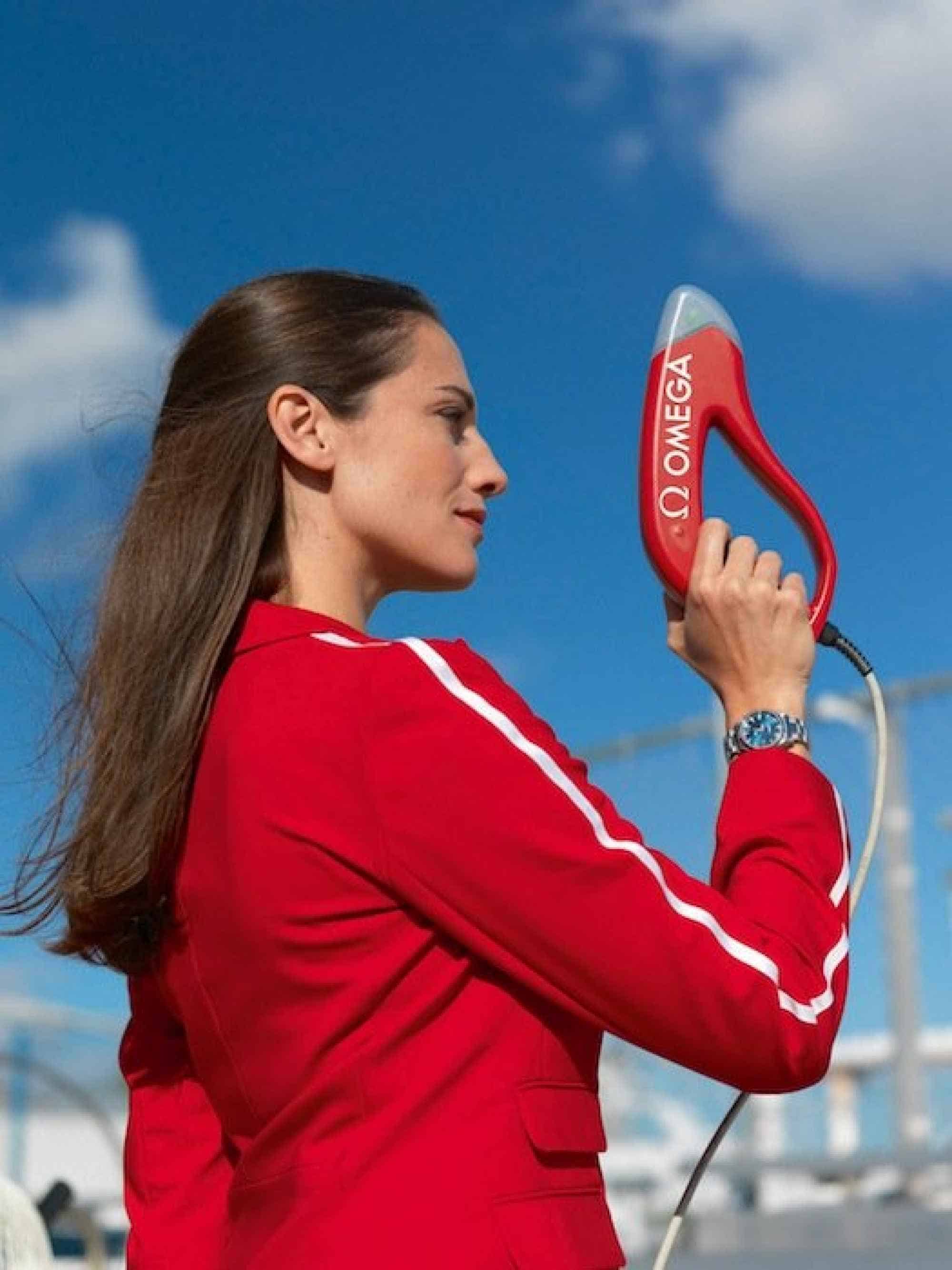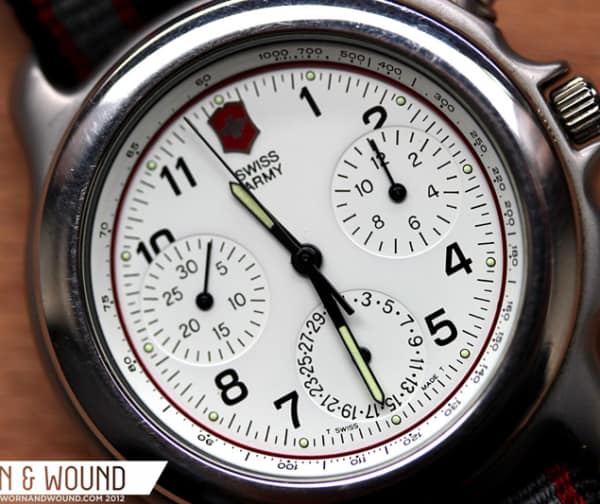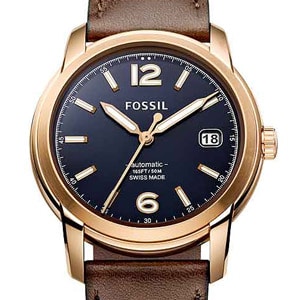“SHEEE’S BAAAAAACK!!”
The words came across the PA system like a portent of things to come – not unlike the scene in the movie, Poltergeist. Just louder, and accompanied by a chorus of cowbells.
I was standing at the bottom of the Women’s Downhill ski course in Val d’Isère, France. Lindsay Vonn had just flashed across the finish line. The numbers on the finish line big screen TV adjacent to Vonn’s name were highlighted in green: -0.19
And they would stay that way until the last skier finished. Vonn, who had just come from a Downhill win in Lake Louise, Alberta two weeks earlier, was back. Back in winning form after a devastating knee injury suffered in early February 2013, and a re-injury of the same knee that next December.
The words, “SHEEE’S BAAAAAACK!!” were indeed a portent. They echoed through the little French ski village of Val d’Isère all evening long. And in the coming weeks, Vonn went on to win another Downhill and two Super-Gs (the super-giant slalom) to become the winningest woman in Alpine World Cup Skiing history.
But back to those numbers highlighted in green on the big screen. How do we know they were right? How do we know Vonn is really back?
For the answer, we have to look for small teams of nomads who travel the world in winter, a step or two ahead of the athletes. Six to eight individuals (depending on venue) armed with four tons or more of electronic gear, timing instruments, computers, cables, etc. They are known simply as Swiss Timing. I got a peek into their world that day in Val d’Isère.
Near the end of the race, several of us got to go up to the timing shack and have a peek inside. Several Longines logo-clad men sat huddled over a dozen laptops, monitors, and unidentifiable pieces of electronics. Two or three more were outside, one up at the starting gate, one strategically located mid-course, and one at the finish line. The nomads.
The number one rule in the timing shack is no noise. Each man is intensely focused on his task and any sound at all could break his concentration. I was even concerned that the simulated motor drive sound from my camera would be a problem. Fortunately, it wasn’t but the resulting photos were less than perfect, due to the harsh lighting conditions. No flash was rule number two.
We only stayed a few minutes, making our escape before we were expelled for the noise of our cameras and our breathing.
Who are these men? What is this band of silent nomads, traveling the world’s mountain ranges, metaphoric stopwatches in tow, only steps ahead of a younger, louder, brasher band of world class athletes?
Swiss Timing is the modern-day sports timing arm of the Swatch Group. Its roots lay in the fertile ground of the historical sports timing efforts of Omega and Longines.
In 1932, Omega sent a single technician – an expert watchmaker, to the Summer Olympic Games in Los Angeles. In his kit were 30 precision chronographs, intended to time all the events at the Games that year. Sixteen years later, Omega deployed the world’s first photo finish camera and race timer at the London games, bringing 1/1000th of a second accuracy to sports timekeeping.
In 1950, Longines joined the sports timing fray in Aspen, CO at the first Alpine Skiing World Championships. There, they showed up with electro-magnetic start and finish gates able to record the start and finish time of each skier. They were back at the Worlds again in Chile in 1965.
And it was Omega’s turn again. At the Mexico City Summer Games in 1968, they automated swimming timing with touchpads and the dubiously named Swim-O-Matic timer.
Based on the Omega side of this history, Swiss Timing was formally founded in 1972.
Now we interrupt this story to bring you a bit of brand history. You may remember from our discussion of the history of The Swatch Group, Longines was owned by a holding company, General Watch Co. and its parent, ASUAG. Omega was by then owned by SSIH, which had come about via a merger between Omega and Tissot.
Ultimately, in reaction to the quartz crisis of the 1970s, ASUAG and SSIH merged in 1983, opening the way for a collaboration of Omega’s and Longines’ sports timing efforts.
Meanwhile, Omega continued to advance the technology, introducing advancements at each Olympic games. Longines became the official timer of Formula 1 in 1980, a contract that would run for ten years.
Finally, in 1988, the efforts of Longines and Omega were merged under the banner of Swiss Timing. And the milestones kept on coming.
 1992 – the Scan-O-Vision, the first digital photo-finish camera
1992 – the Scan-O-Vision, the first digital photo-finish camera
1995 – Track cycling starting system
2005 – New technology “Cyclops” photocells
2008 – GPS for sculling boats in Rowing
2009 – a new alpine skiing starting gate
And in 2009, a biggie appeared – the electronic starting gun. The starter’s pistol of course, has been an icon of racing starts in numerous sports for decades upon decades. Now, the e-Gun took over that duty. When “fired,” it triggers multiple events: a flash of light, the sound of a gunshot from a sound generator, and it triggers the timing system.
And Swiss Timing continues to innovate and support the Swatch Group brands which are the faces of sports timing across the world. When you see Omega at the Olympics, or Longines in Alpine skiing, equestrian and horse racing events, gymnastics, and archery, you know small teams of nomads carrying tons of gear are working behind the scenes to bring you the contest results.









 Featured Videos
Featured Videos












